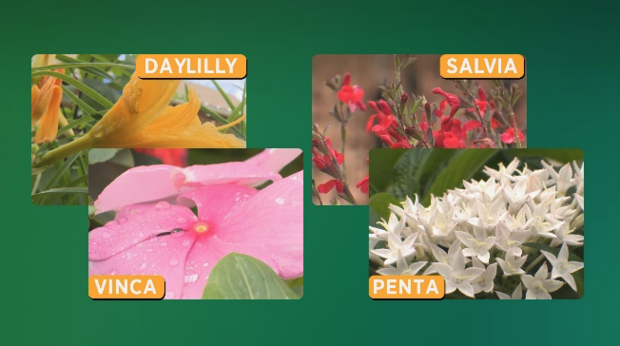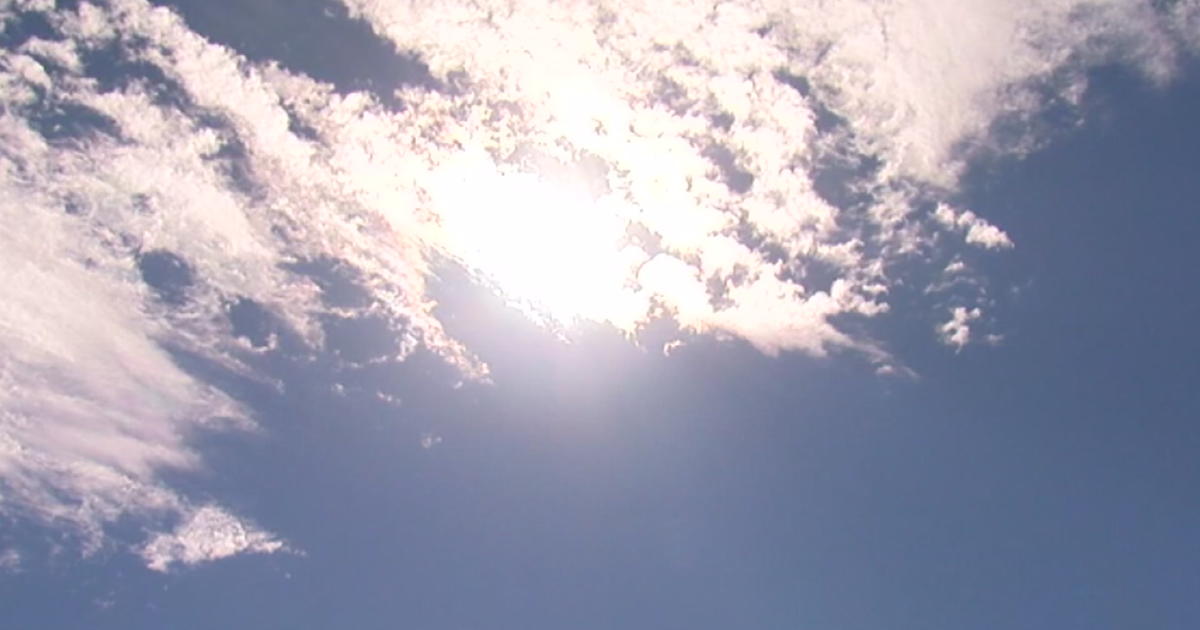Gardening 101: annual-perennial combinations
NORTH TEXAS (CBSDFW.COM) - The primary mission in my backyard is growing edibles. This is a rather unitarian approach I know; I see land and my instinct is to see purpose. What can you do with it? In the first stages of my ever-evolving quarter-acre, I shunned the luxury of flowers. I turned my back to beauty to squeeze out baskets of peppers, figs, herbs and blackberries (just to name a few).
Then a moment of epiphany while touring an organic vineyard in the Simi valley of California. A well-planned array of flowering plants could produce higher insect counts. While logic would say that is a bad thing for a garden full of soon-to-be-picked food; the heavy hand of Mother Nature's is one of balance. More insects mean a better chance that the pest that shows up in your kale will also have a mortal enemy show up as well. More flowers, turns out, is a good thing. In the vineyard the balance was found at a 10-to-1 ratio. For every ten acres of grapes, the owner also planted one acre of carefully selected native flowers. Small squares of intense color dotted his expansive row of grapes.
So I did the same in my garden. My flower collection is basically an expanded butterfly garden. The primary players are perennials- you buy them once (and even occasional divide) and know what color you get every year and when. But in front of these perennials, I usually keep a small space for annuals to serve as an accent and working experiment. And honestly, to keep things from getting a little dull.
You should know that I am rather judicious with annuals. I'm not preparing for a visit from the Queen, I'm merely planting for my own tastes and my tastes are a little stingy. Annuals are expensive and can be water intensive. I'm only usually planting annuals in a few key spots like near the front door or at a turn into a gate for example. Just a few spots where some bright color keeps the overall effect rather lively.
So every growing season (which in North Texas is almost ALL season) I'm rotating out a small company of visiting annuals to serve as foreground to my steadfast perennials.
Always in search of some new ideas, I visited Jennifer Hatalski at locally owned Calloway Nursery in Fort Worth for some advice. Jennifer is a horticulturist by training who serves as the marketing director for the chain. I couldn't fit all the annual/perennial combinations she showed me into one story (time is a tight commodity in the television business) but listed them all below. For the sunny to partly sunny spots go with the Daylily/Vinca or Salvia/Penta combos. For shady spots she recommends the Astilbe/Caladium or Hosta/Impatien combinations.
The great thing about these pairing is not only the wide selection of the color combinations you can try in different spots in your yard but also the visual play you get with the shapes and leaf structures. Shades of green, leaf structure, overall shape and sizes of plant are just as important to landscape design as color. As with most things in life, diversity is a better path. I grow food in my backyard. But in all that functionality you'll also find a kaleidoscope of color a steady dance of butterflies and bees.






